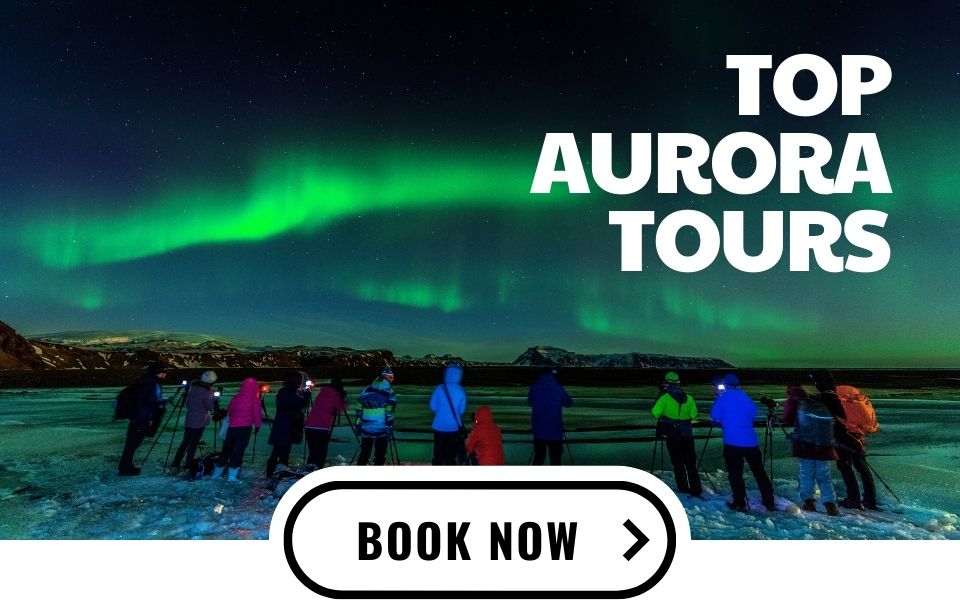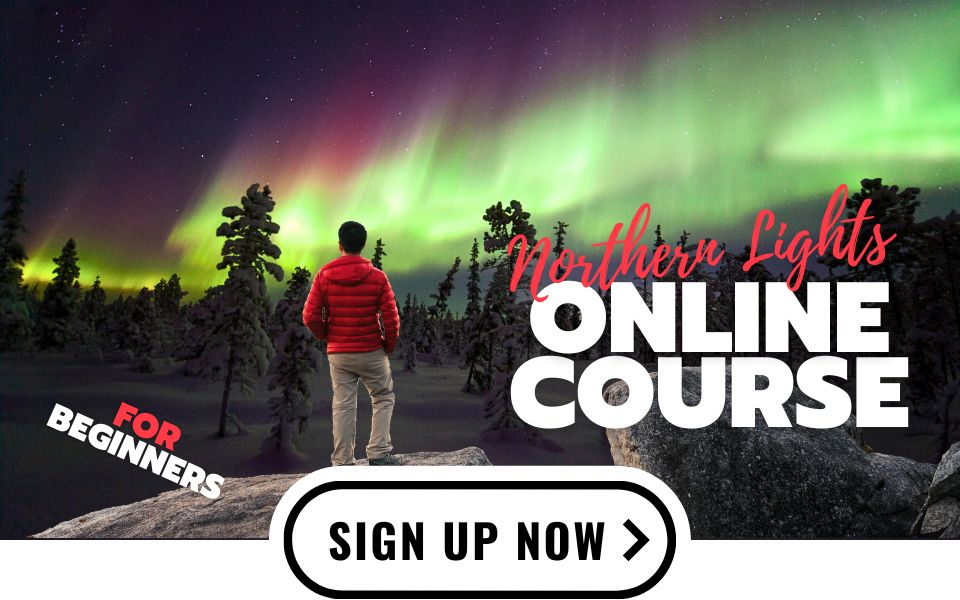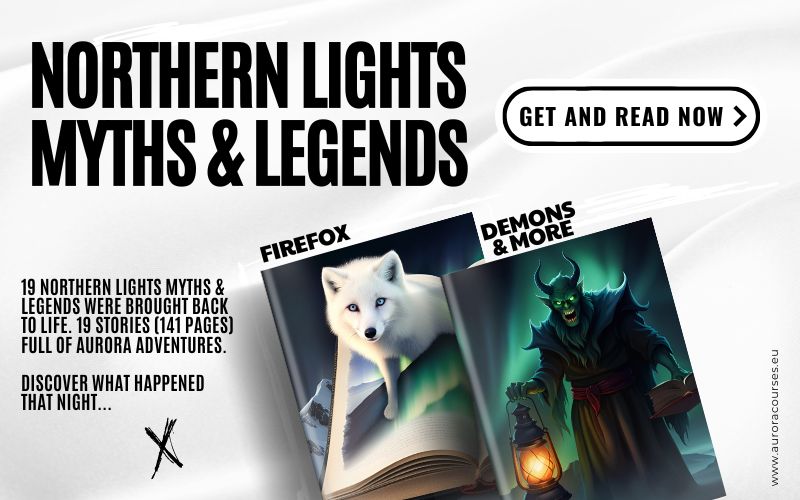Do the Northern Lights Happen Every Night in Finland?
As you prepare for your Finnish adventure, you're probably wondering if you'll be treated to the celestial spectacle of the northern lights every night. After all, Finland is renowned for its breathtaking displays of the aurora borealis. But, don't set your expectations too high just yet. The truth is, the northern lights are a natural phenomenon, and their appearance is influenced by a range of factors, including the time of year, cloud cover, and solar activity. In this post, we'll investigate into the details and give you the lowdown on what you can realistically expect to see during your trip to Finland.
Key Takeaways:
The Northern Lights (Aurora Borealis) are a natural phenomenon that can be seen in Finland, but they don't occur every night. The frequency and visibility of the Northern Lights depend on various factors such as solar activity, cloud cover, and season.
The best month to see the Northern Lights in Finland is during the winter time (September to April), when the nights are dark enough to view the spectacle. However, the lights can be visible as early as late August and as late as early May.
While Finland is a great destination for viewing the Northern Lights, there are no guarantees of seeing them every night. It's crucial to check aurora forecasts and be prepared to stay up late or wake up early to increase your chances of witnessing this natural wonder.
Finland Northern Lights Tours
Experience Finland Northern Lights tour with professional Aurora guides and turn your dream into reality. Live the night you will never forget.
The Science Behind the Northern Lights
Ah, the mystique of the northern lights! As you probe into the world of this natural phenomenon, you'll discover that it's not just a matter of chance or magic. There's some fascinating science behind the spectacle.
What Causes the Northern Lights?
Luminous curtains of green Aurora and blue dancing ribbons across the night sky - what triggers this breathtaking display? The northern lights, also known as the aurora borealis, occur when charged particles from the sun interact with your planet's magnetic field and atmosphere. It's a complex process, but crucially, these particles collide with atoms and molecules, releasing energy in the form of light.
Hassle-free Northern Lights tours. Enjoy the light show in Finland with experienced Aurora guides.
The Role of Solar Wind and Magnetic Fields
The theatre of the northern lights is set by the solar wind, a stream of charged particles emanating from the sun. The magnetic fields of your planet, Earth, play a crucial role in guiding these particles towards the poles, where they collide with the atmosphere, producing the spectacular display.
With the solar wind and magnetic fields working in tandem, the stage is set for a mesmerizing show. The solar wind's velocity can reach up to 800 km/s, and when it meets the Earth's magnetic field lines, the particles are funneled towards the poles. This collision of particles and atmosphere is what creates the northern lights. It's a cosmic dance, with the solar wind and magnetic fields choreographing the display.
Northern Lights Online Course
Sign up for the Ultimate Northern Lights Online Course on Udemy designed for beginners to teach you step-by-step all you need to know to see the Northern Lights in under 2 hours in an easy way. (You can also buy the same online course for a lower price directly from us: Ultimate Northern Lights Online Course)
Frequency and Visibility of Northern Lights in Finland
Even in Finland, a country renowned for its excellent views of the aurora borealis, the northern lights don't appear every night. The frequency and visibility of this natural phenomenon depend on several factors, which we'll probe into below.
How Often Do the Northern Lights Appear in Finland?
Do the Northern Lights happen every night in Finland? Appearances can be deceiving, but on average, the northern lights are visible in Finland on around 200 nights per year. However, the intensity and duration of these Auroral displays vary greatly. You're most likely to witness a spectacular show during periods of high solar activity, which usually occur every 11 years.
Northern Lights App
Download the top Aurora mobile app designed for beginners to monitor Aurora’s activity in real-time, explore top Northern Lights spots, share Aurora photos, connect with other hunters, learn easily how to see the Northern Lights with tutorial videos and more.
Best Time and Places to See the Northern Lights in Finland
Places like Lapland and the Arctic Circle offer some of the best vantage points to witness the northern lights. The peak season typically runs from late August to early April, when the nights are darker and clearer. During this time, you'll have a higher chance of spotting the aurora borealis.
A great way to increase your chances of seeing the northern lights is to head to areas with minimal light pollution. In Finland, this means venturing away from cities and towns and into the wilderness. Some popular spots include Oulu, and Rovaniemi. Just remember to dress warmly, as it can get very chilly while waiting for and viewing the northern lights. With a bit of luck and planning, you'll be treated to a breathtaking display of this natural wonder.
Factors Affecting Northern Lights Visibility
Now, you're probably wondering what affects the visibility of the Finland Northern Lights. Well, it's not just a matter of showing up in Lapland and expecting a spectacular display. Several factors come into play, and understanding them will increase your chances of witnessing this natural phenomenon.
Solar Activity: The frequency and intensity of the northern lights depend on the sun's activity, which follows an 11-year cycle.
Geomagnetic Storms: These storms can cause the aurora to be more active and visible at lower latitudes.
Cloud Cover and Weather Conditions: Clear skies are vital for viewing the northern lights.
Moon Phase and Light Pollution: A new moon and minimal light pollution can improve your chances of seeing the aurora.
Any combination of these factors can affect the visibility of the northern lights, so it's vital to be prepared and flexible when planning your trip.
Finland has much to offer. Explore top things to do in Finland.
Cloud Cover and Weather Conditions
The presence of clouds can greatly reduce your chances of seeing the northern lights. Clear skies are vital, so it's crucial to check the weather forecast before heading out.
Moon Phase and Light Pollution
Factors like the moon phase and light pollution can also impact your ability to see the northern lights. A new moon and minimal light pollution can improve your chances of witnessing this phenomenon.
Phase of the moon is crucial because a full moon can make the sky too bright, making it harder to see the aurora. Additionally, light pollution from cities and towns can also reduce the visibility of the northern lights. That's why it's best to head to remote areas with minimal artificial lighting to increase your chances of seeing the aurora in all its glory.
Northern Lights Myths & Legends
As much as Aurora is about science it always has been the stories behind it, passed from one generation to another. Dive into the world of Northern Lights Myths and Legends and read incredible Aurora stories which are bringing back to life the top 19 Aurora myths and legends. (Click the link above now and get the exclusive discount for this unique content.)
Northern Lights Online Tools: Chasing Aurora Like a Pro
The most useful Northern Lights online tools for a successful Aurora hunt. Are you about to hunt the Northern Lights on your own? Then you will find these resources helpful. If you are trying to see Aurora for the first time we recommend signing up for the Northern Lights Online Course where is explained step-by-step all you need to know to see the Northern Lights in an easy way.
-
Northern Lights essential online tools designed for beginners to help you see Aurora like the handy Aurora Mobile App and Northern Lights Online Course will help you to understand how Aurora works and to monitor real-time activity.
The Northern Lights Forecast for 3 days and long-term Aurora forecast for up to 27 days ahead can be found here: Geophysical Institute Forecast, NOAA Aurora Forecast, Spaceweatherlive Forecast or in the Northern Lights App.
Find the best Aurora spots with the light pollution map and cloud cover prediction.
Northern Lights activity in real-time: Real-time Aurora activity (worldwide magnetometers), Solar Wind activity, Sun's activity, Aurora live Boreal webcams list or Aurora App.
Additional resources to know when it will be dark enough Darkness graph & Map and how much the moon will illuminate the sky Moon Phase + Moonrise & Moonset.
If you decide to go with professional Aurora hunters here you can find the top-rated Aurora Tours.
To wrap up
Drawing together the threads of our celestial exploration, you now know that the Northern Lights don't happen every night in Finland. While the country is a prime location for witnessing this phenomenon, the lights' appearance depends on a delicate dance of solar activity, cloud cover, and darkness. So, plan your Finnish adventure wisely, and with a dash of luck, you'll be treated to a mesmerizing display of nature's pyrotechnics. Until then, keep looking up at those starry skies!
Want to experience the best of what Finland has to offer? Check out these top Finnish tours featuring hidden gems and unique experiences you won't find anywhere else - click below!
FAQ
Q: Do the northern lights happen every night in Finland?
A: No, the northern lights do not happen every night in Finland. The northern lights, also known as the aurora borealis, are a natural phenomenon that occurs when charged particles from the sun interact with the Earth's magnetic field and atmosphere. The frequency and intensity of the northern lights depend on various factors such as solar activity, cloud cover, and moon phase. In Finland, the northern lights are typically visible on clear, dark nights from late August to early April, with the best viewing times usually between September and mid-April.
Q: What are the best times to see the northern lights in Finland?
A: The best times to see the northern lights in Finland are usually between 11 pm and 2 am, when the sky is darkest and the aurora is most active. However, it's crucial to note that the northern lights can appear as early as 9 pm and as late as 3 am, depending on the level of solar activity. Additionally, it's recommended to check aurora forecasts and try to observe the northern lights during periods of high solar activity, such as during solar flares and coronal mass ejections.
Q: Can I see the northern lights in southern Finland?
A: While it's possible to see the northern lights in southern Finland, the chances are lower compared to northern Finland. The northern lights are typically more frequent and intense in the northern parts of Finland, such as Lapland, due to the region's proximity to the Arctic Circle. However, during periods of high solar activity, the northern lights can be visible as far south as Helsinki and other parts of southern Finland. It's still important to find a dark location with minimal light pollution to increase the chances of seeing the northern lights.
We are here to help you to see the Northern Lights
Whether you decide to experience an unforgettable Aurora show on your own or with professional guides, we got you covered. You don't need to be a space scientist to understand and see the Northern Lights.
Northern Lights Tours
Experience the Northern Lights tour with professional Aurora guides and turn your dream into reality. Live the night you will never forget. So what are you waiting for? Book your Aurora tour today!
Northern Lights Online Course
Sign up for the Ultimate Northern Lights Online Course on Udemy designed for beginners to teach you step-by-step all you need to know to see the Northern Lights in under 2 hours in an easy way. (You can also buy the same online course for a lower price directly from us: Ultimate Northern Lights Online Course)
Northern Lights App
Download the top Aurora mobile app designed for beginners to monitor Aurora’s activity in real-time, explore top Northern Lights spots, share Aurora photos, connect with other hunters, learn easily how to see the Northern Lights with tutorial videos and more.
Northern Lights Myths & Legends
As much as Aurora is about science it always has been the stories behind it, passed from one generation to another. Dive into the world of Northern Lights Myths and Legends and read incredible Aurora stories which are bringing back to life the top 19 Aurora myths and legends. (Click the link above now and get the exclusive discount for this unique content.)









